What is Muscle Oxygenation?
Oxygen is an important fuel source for our bodies. Body tissues such as organs and muscles rely on a stable supply of oxygen in order to work properly. This is because oxygen contributes to the health of our tissue cells, allowing them to perform their basic functions such as repairing damaged muscles and cell reproduction. Muscle oxygenation is a term that refers to the amount of oxygen your muscles are receiving. The more oxygen your muscles get, the better.
Good circulation is responsible for carrying oxygen throughout the body. If it wasn’t for blood circulation, oxygen could not access the tissues and cells that need it to function. This process starts in the lungs, where the oxygen we breathe latches onto a molecule in our blood called hemoglobin. The oxygen-enriched blood then travels throughout the body through the circulatory system, working to repair body tissue. This is why proper tissue oxygenation depends so heavily on good blood circulation.

How Does Muscle Oxygenation Affect Pain?
Muscle pain caused by low levels of muscle oxygenation is one of the most common signs of poor circulation. This is because poor blood flow prevents the muscles from accessing what they need to recover. Oxygen and other nutrients repair damaged tissues and cells. Improving muscle oxygenation levels through better circulation can help you function and be an important factor in maintaining a healthy life.
4 Ways To Help Improve Muscle Oxygenation
1. Exercise
There are a number of simple, effective exercises you can do at home to increase circulation and help with muscle oxygenation. Exercise gets your heart pumping faster which means that it will get your circulatory system working at a higher rate. Exercise is also a great way to strengthen painful muscles and joints that may be suffering from poor circulation and a lack of oxygen. No matter what type of exercise you choose, keeping your muscles active can have lasting positive effects on your whole body.

2. EMS Therapy
EMS therapy uses gentle electrical stimulation to stimulate the muscles to contract and relax. This stimulation promotes temporary local blood circulation that helps move oxygen and other nutrients through the bloodstream. This contracting and expanding action also helps to stimulate circulation so that the muscle has better access to the oxygen it needs to stay healthy..
3. Use a Circulation Promoting Machine
A circulation promoting machine can help temporarily increase local circulation by stimulating the muscles in the lower limb to contract and release. This action allows the muscles to better pump healthy fluid and nutrients, temporarily increasing local circulation and muscle oxygenation.
4. Massage Therapy
We should avoid thinking about massage therapy only as a relaxing luxury to enjoy every so often. While it can be a great tool for relaxation, massage therapy is an effective way to temporarily manage pain. It’s one of the easiest methods for massaging tight muscles and promoting temporarily increasing local circulation. A registered massage therapist can target painful muscles and stimulate them in a way that encourages blood flow to the area. Better blood flow means that your muscles are getting the oxygen and the other nutrients they need to stay healthy.
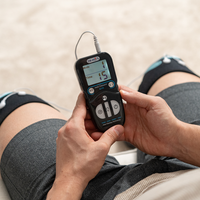
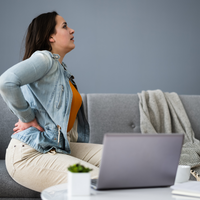
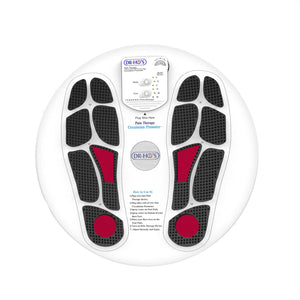
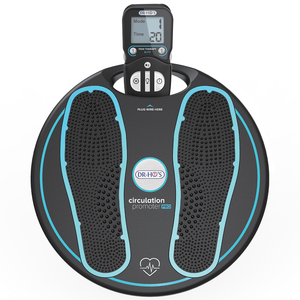


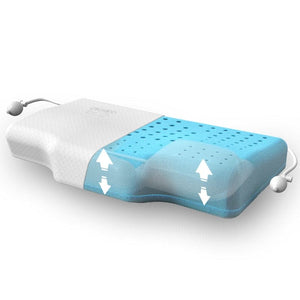

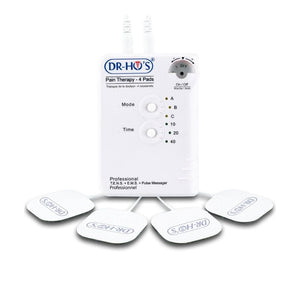
![Why is Muscle Oxygenation Important For Pain Relief? [Updated for 2021]](http://drhonow.com/cdn/shop/articles/healing-benefits-of-yoga-1_54b81ef3-3180-43e7-b8c9-11829c050083.jpg?v=1684507959)